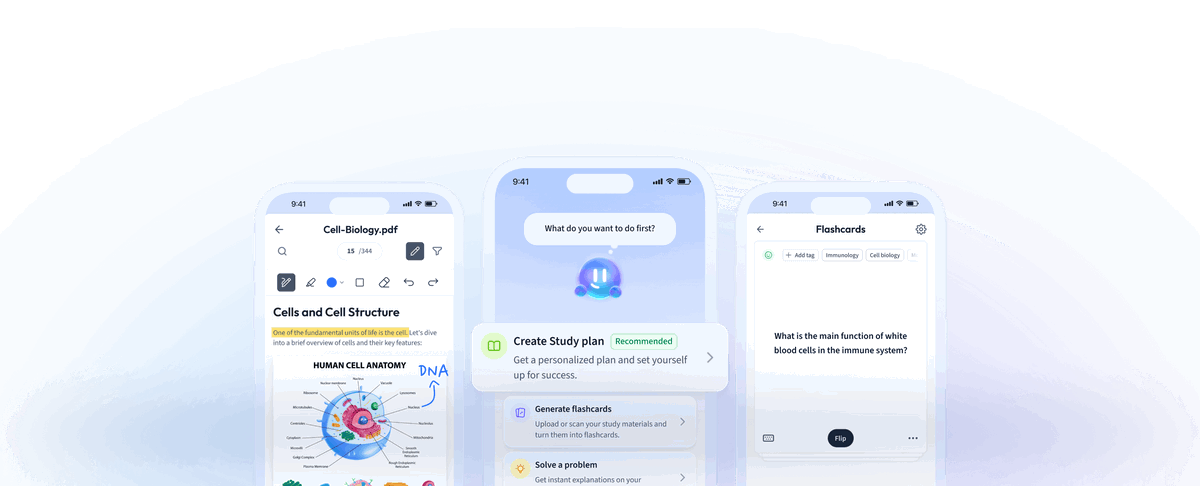What is the difference between pharmacology and toxicology?
Pharmacology studies the effects and mechanisms of drugs on biological systems to develop therapeutic treatments, while toxicology focuses on the harmful effects of chemicals, including drugs, on living organisms and the environment, aiming to assess, understand, and mitigate toxic impacts.
What career opportunities are available for pharmacology and toxicology graduates?
Pharmacology and toxicology graduates can pursue careers in pharmaceutical research, drug development, regulatory affairs, toxicological testing, academic teaching, and healthcare consultation. They may work in pharmaceutical companies, regulatory agencies, research institutions, hospitals, or universities. There are also opportunities in public health organizations and environmental agencies.
What are the basic principles of pharmacokinetics and pharmacodynamics?
Pharmacokinetics involves the study of drug absorption, distribution, metabolism, and excretion (ADME), determining the drug's concentration-time course in the body. Pharmacodynamics focuses on the drug’s biochemical and physiological effects, including the mechanism of action, and the relationship between drug concentration and effect.
What are the common side effects associated with popular medications?
Common side effects of popular medications include nausea, dizziness, headache, fatigue, and digestive issues like diarrhea or constipation. Some medications may cause drowsiness or sleep disturbances. Allergic reactions can also occur, leading to symptoms like rash or itching. It's essential to consult with a healthcare professional for specific side effects related to any medication.
How do drugs interact with each other in the body?
Drugs can interact with each other through pharmacokinetic interactions (altering absorption, distribution, metabolism, or excretion) or pharmacodynamic interactions (modifying drug action or effect). These interactions can enhance or diminish the effects, leading to increased therapeutic effects or adverse reactions, potentially altering efficacy or causing toxicity.











